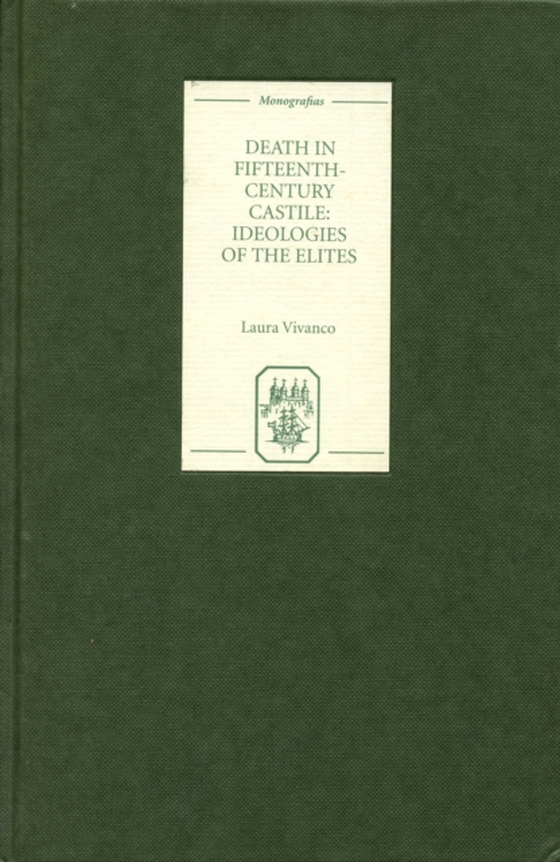
Death in Fifteenth-Century Castile: Ideologies of the Elites e-bog
253,01 DKK
(inkl. moms 316,26 DKK)
Differences in attitudes to death and dying in two distinct social classes, the ecclesiastics and the nobility.The theory of the three estates made clear distinctions between the functions of the two estates which comprised the elite of medieval society: the oradores (ecclesiastics) and the defensores (warriors or nobility).They had different lifestyles, clothing and ways of thinking about life...
E-bog
253,01 DKK
Forlag
Tamesis Books
Udgivet
1 juni 2004
Længde
220 sider
Genrer
1DSE
Sprog
English
Format
pdf
Beskyttelse
LCP
ISBN
9781846150630
Differences in attitudes to death and dying in two distinct social classes, the ecclesiastics and the nobility.The theory of the three estates made clear distinctions between the functions of the two estates which comprised the elite of medieval society: the oradores (ecclesiastics) and the defensores (warriors or nobility).They had different lifestyles, clothing and ways of thinking about life. With regard to death, the responses dictated by Christian theology conflicted with the demands of the defensor ideology, based on the defence of individual honour, the pursuit of fama and the display of earthly power. This book charts the progress of the dying from their preparations for death, through their 'good' or 'bad' deaths, to their burials and otherworldly fates and also analyses the responses of the bereaved. Through the use of pre-fifteenth-century texts it is possible to demonstrate that the conflict between the orador and defensor ideologies did not begin in the fifteenth century, but rather had a much older origin, and it is suggested that the conflict continued after 1500. Textual sources include the Siete partidas, wills, chronicles, religious works such as the Arte de bien morir and literary works such as Carcel de Amor and Celestina.
 Dansk
Dansk

